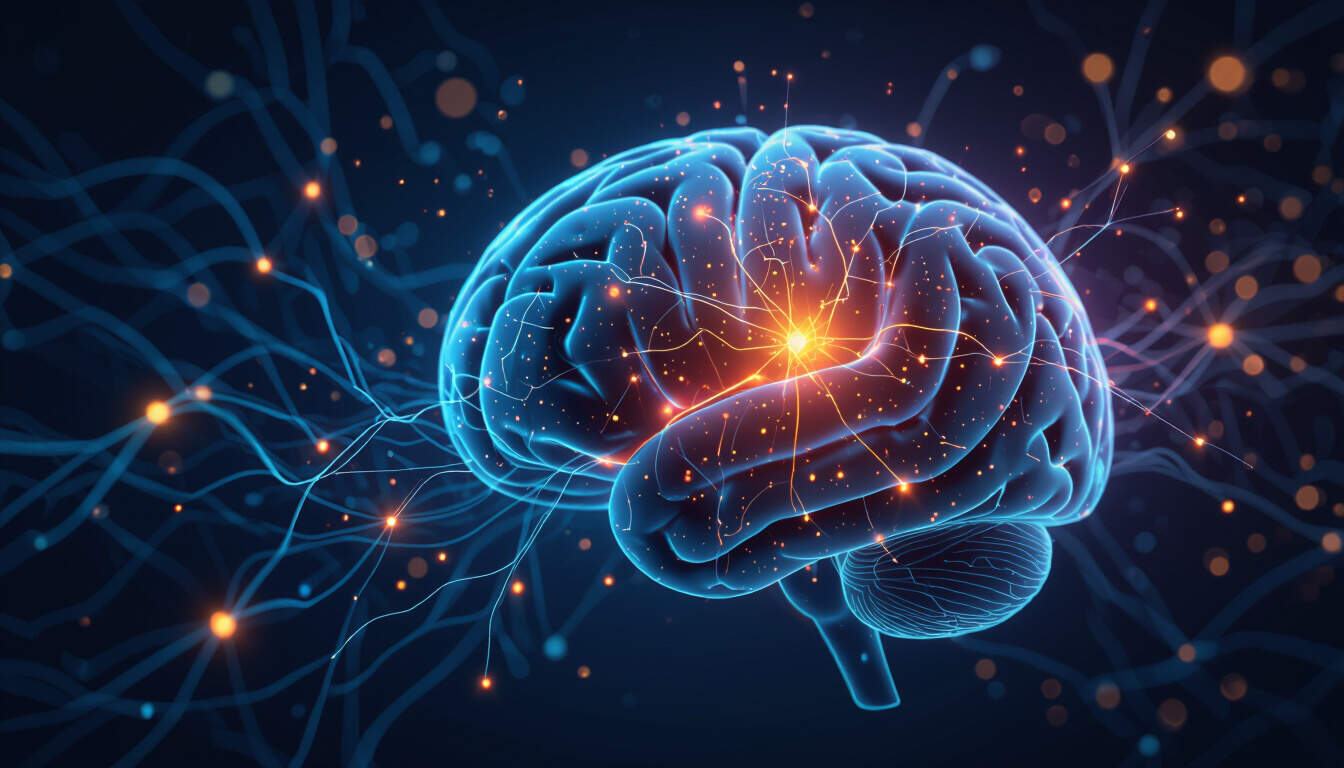The Science of Neuroplasticity and Its Practical Applications
 by Shanie Goodwin
by Shanie Goodwin
Neuroplasticity refers to the brain's ability to reorganize itself by forming new neural connections. This process supports learning, recovery from injury, and personal growth, making it essential for cognitive development and professional success.

Neuroplasticity represents a key concept in how the brain changes over time. This ability allows neurons to adjust their connections based on experiences and learning. For instance, neuroplasticity enables individuals to acquire new skills even later in life.
How Neuroplasticity Works
At its core, the brain consists of billions of neurons that communicate through synapses. These connections can strengthen or weaken depending on activity. When people engage in repeated practice, such as learning a musical instrument, the brain adapts by creating more efficient pathways. This process involves both structural and functional changes.
Factors like age and environment influence brain adaptation. In younger individuals, changes occur more readily, but adults can still benefit through deliberate effort. For example, studies show that consistent exercise can promote new neural growth, enhancing memory and focus.
Applications in Psychology
In psychology, neuroplasticity plays a vital role in therapy and mental health. Therapists often use techniques that leverage this concept to help patients overcome challenges. Cognitive behavioral approaches, for example, encourage rewiring thought patterns to reduce anxiety.
One practical example is in treating stroke survivors. Through rehabilitation exercises, damaged areas can compensate with healthier ones. This demonstrates how neural adaptation supports recovery and improves quality of life.
Professionals in high-stress fields, such as healthcare, can apply these ideas to build resilience. By incorporating mindfulness practices, they foster positive changes in brain structure, leading to better emotional regulation.
Neuroplasticity in Business Strategies
Beyond psychology, neuroplasticity offers insights for business and professional development. Leaders can use it to enhance decision-making and innovation. For instance, adopting new routines trains the brain to handle uncertainty more effectively.
In team settings, fostering a culture of continuous learning encourages cognitive development. Employees who engage in skill-building activities, like workshops, experience improved problem-solving abilities. This adaptability becomes a competitive advantage in dynamic markets.
Business strategies that incorporate neuroplasticity principles include regular training sessions and feedback mechanisms. These methods help individuals unlearn outdated habits and adopt more effective ones, driving overall organizational growth.
Practical Tips for Everyday Use
To harness the benefits of neuroplasticity, incorporate simple daily habits. Start with physical activity, which stimulates brain blood flow and supports new connections. Reading or puzzles can also challenge the mind, promoting growth.
Maintaining a balanced diet rich in nutrients aids this process. Foods like omega-3 fatty acids from fish contribute to healthier brain function. Sleep plays a crucial role too, as it allows the brain to consolidate memories and repair itself.
For lifelong learners, setting specific goals is essential. Break tasks into manageable steps to build momentum. Over time, these efforts lead to lasting changes in behavior and thinking.
The Role in Cognitive Development
Cognitive development across all ages relies on neuroplasticity. Children naturally exhibit high levels of this adaptability, making early education impactful. As people age, intentional practices maintain sharpness and prevent decline.
In educational settings, teachers can design activities that encourage exploration and repetition. This approach strengthens neural pathways, aiding long-term retention of knowledge.
For curious individuals, exploring neuroplasticity opens doors to self-improvement. By understanding its mechanisms, one can approach challenges with a growth-oriented mindset, turning setbacks into opportunities for advancement.
Conclusion
In summary, neuroplasticity highlights the brain's remarkable flexibility. Through consistent practice and mindful strategies, anyone can foster personal and professional growth. Embracing this concept empowers individuals to adapt and thrive in various aspects of life.
